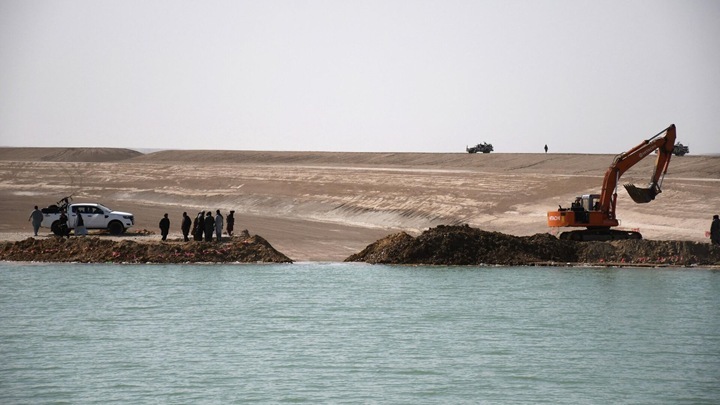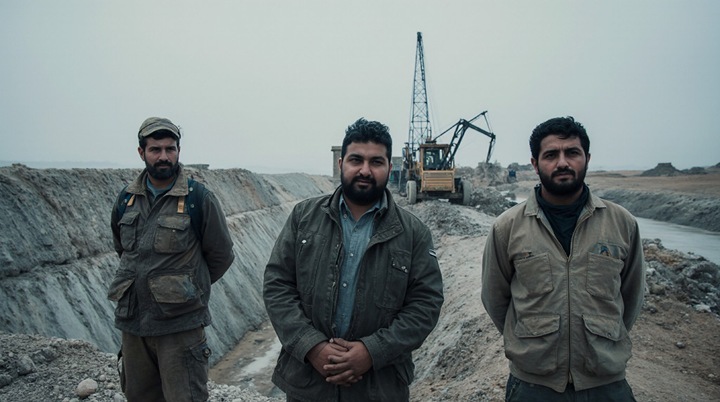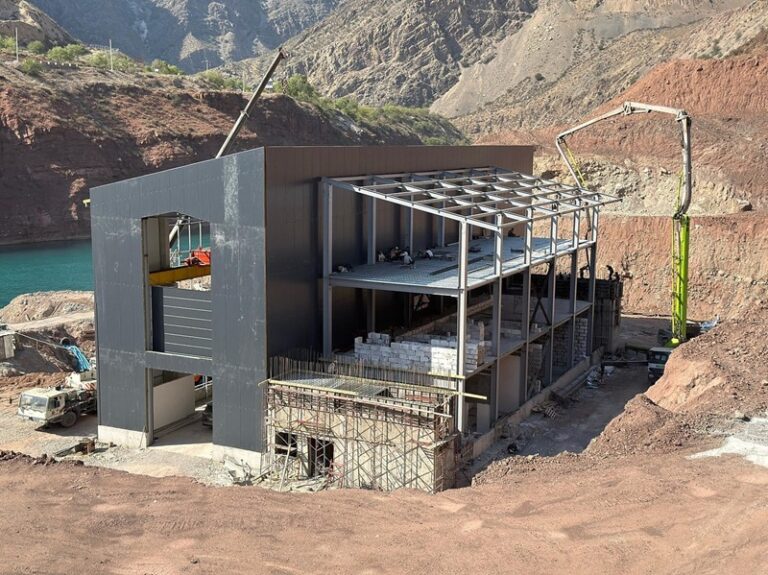Battle for Amu Darya: Kabul’s water projects threaten the whole of Central Asia
After decades of war, Afghanistan is beginning to actively assert its sovereignty over water resources, which is becoming a serious test for fragile relations with neighboring countries. Since coming to power in 2021, the Taliban has initiated a number of large-scale infrastructure projects, including the construction of dams and canals to control rivers flowing into Iran, Pakistan and Central Asian states. These steps are causing growing tensions in the region, where climate change is already exacerbating the problem of water scarcity, writes the Times of India.

The greatest concerns are related to the Qosh–Tepa mega-project in the north of Afghanistan. Its goal is to irrigate 560 thousand hectares of agricultural land, which will require the diversion of up to 21% of the flow of the Amu Darya River. This river is a vital artery for Uzbekistan and Turkmenistan, which, with the support of Kazakhstan, have already expressed serious concern. They fear that the implementation of the project will accelerate the drying up of the Aral Sea and finally destroy the water use system established in the Soviet era. Experts warn that, despite the current friendly tone, consequences for Uzbekistan and Turkmenistan are inevitable as soon as the channel is operational.
Representatives of the Taliban, in turn, insist that the project will not cause significant damage to neighbors. According to them, the Amu Darya has an “excess of water,” especially during periods of floods and melting glaciers. For Afghanistan itself, suffering from crop failures and a humanitarian crisis, the Qosh-Tepa channel is critically important for ensuring the country’s food security.
On the western border of Afghanistan, a long-standing dispute with Iran over the Helmand River is escalating again. This is the only case where there is an official agreement on the division of water, signed back in 1973, but it has almost never been fully respected. Tehran regularly accuses Kabul of restricting runoff with the help of dams, especially in dry years. The Afghan authorities retort that the water shortage is caused by climate change and they themselves are deprived of the opportunity to share resources. In addition, Kabul believes that due to years of political neglect, the country has historically been deprived of its fair share of water resources.
Tensions are also rising in the Gerirud River basin, which flows to Iran and Turkmenistan. The recent launch of the Pashdan dam in Afghanistan could dramatically change the regional hydrological dynamics. In the east, a potential source of conflict is the Kabul River basin, which flows into the Indus in Pakistan. There is no water use agreement between these countries, and Kabul’s attempts to revive the old and build new hydraulic structures can provoke serious friction.
However, financial difficulties, international isolation and a shortage of technical specialists mean that the completion of these ambitious projects will take years. This delay gives diplomats a temporary respite, but for millions of Afghans suffering from acute water shortages, the wait only exacerbates their plight.
Water disputes in Afghanistan are inextricably linked to the global climate catastrophe. According to the UN International Organization for Migration, by the beginning of 2025, almost five million people in the country were affected by floods, droughts and other climatic shocks, and about 400 thousand were forced to leave their homes. The UN Food and Agriculture Organization warns that “crop failures, dry pastures and disappearing water sources are putting rural communities on the brink of survival.”
The climate crisis manifests itself paradoxically: droughts are replaced by extreme downpours. An increase in temperature leads to more intense precipitation, which causes devastating flash floods. At the same time, residents of arid regions are pinning their last hopes on the canals under construction. The Taliban authorities admit that their efforts are not enough. The Minister of Energy and Water Resources, Abdul Latif Mansour, recently stated that although dam and canal projects are being implemented, “the measures taken are not enough yet.” For millions of Afghans, water has become the main issue of survival, and Kabul’s desire to control rivers is a determining factor of the future not only for the country, but for the entire region.
Original (in Russian): Битва за Амударью: водные проекты Кабула угрожают всей Центральной Азии


